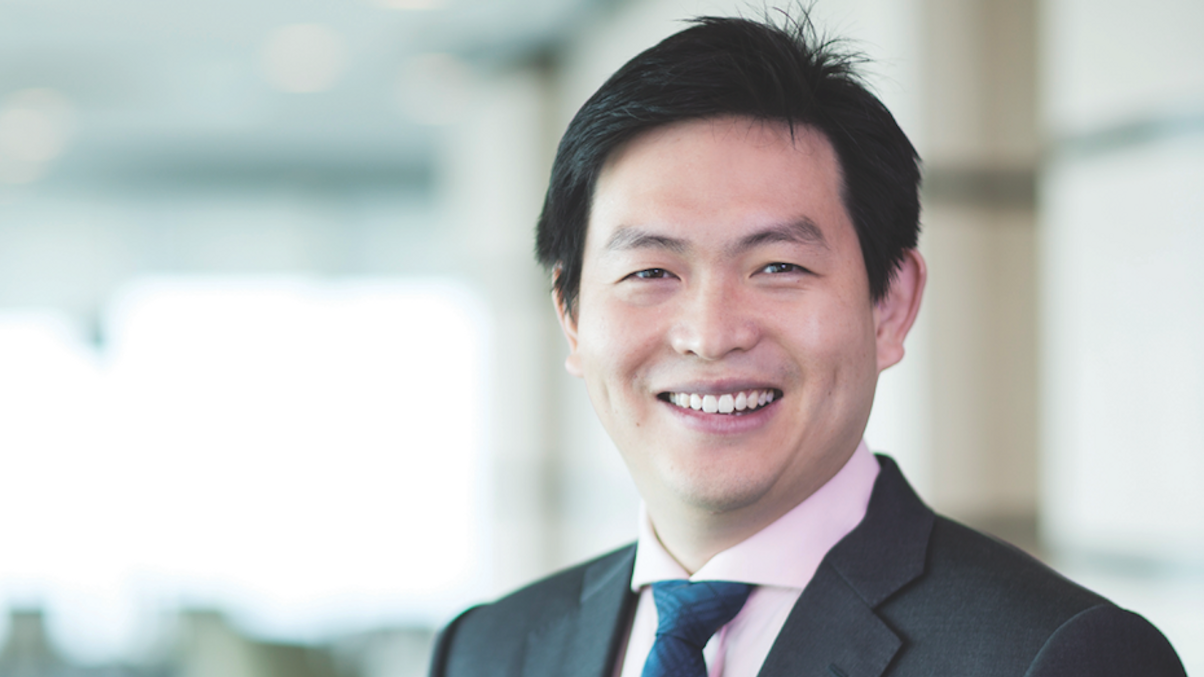Mixing quality and quantity: UBS and fund selection
The head of UBS's fund selection for Asia discusses how the Swiss bank combines qualitative fund analysis with quantitative performance to hone in on preferred products.

Jansen Phee is the head of fund management for Asia Pacific at UBS Wealth Management, responsible for its fund offerings in the region. The Singapore-based specialist chairs UBS’s Asia Pacific funds committee and is also a member of its global funds committee.
Sign in to read on!
Registered users get 2 free articles in 30 days.
Subscribers have full unlimited access to AsianInvestor
Not signed up? New users get 2 free articles per month, plus a 7-day unlimited free trial.
¬ Haymarket Media Limited. All rights reserved.


